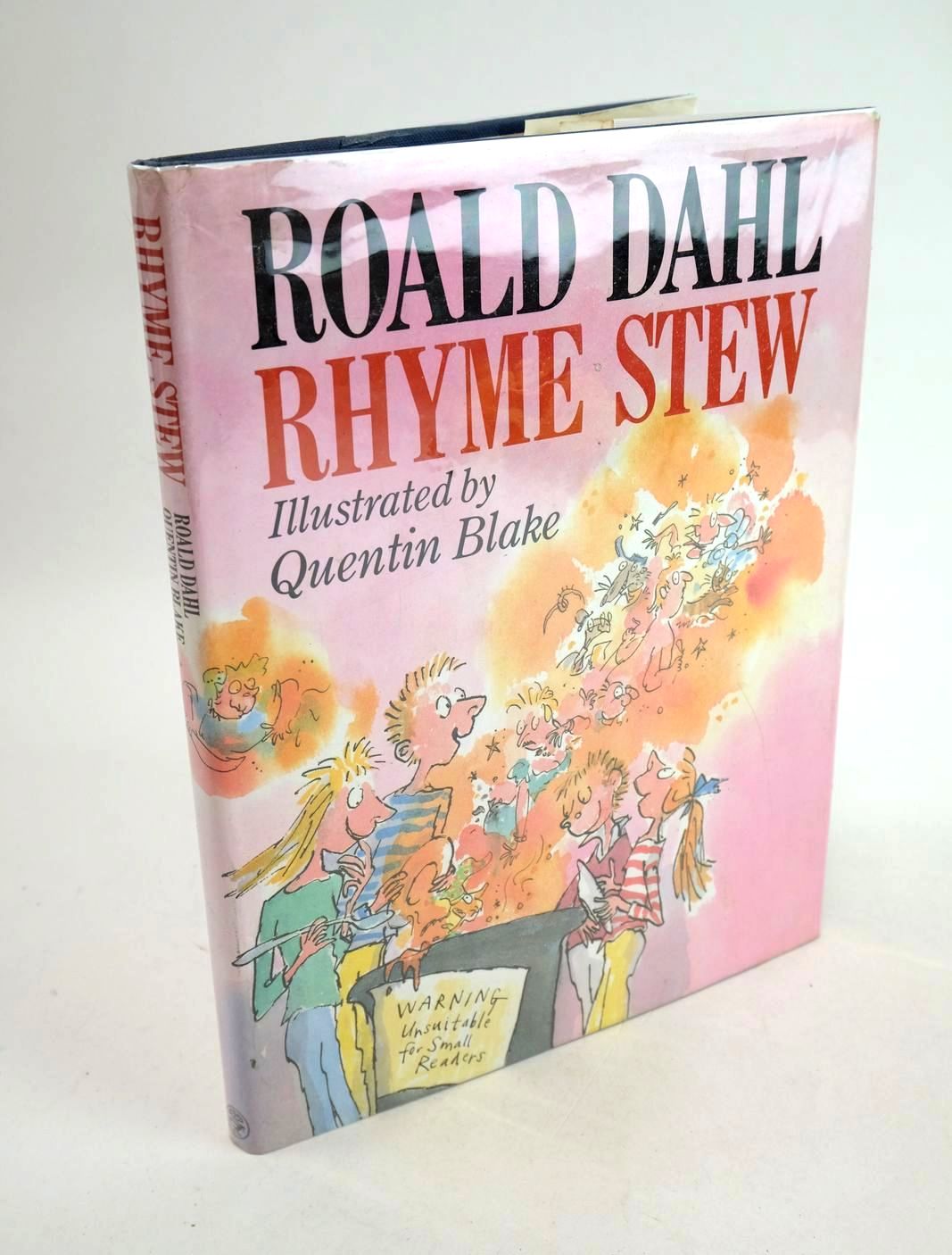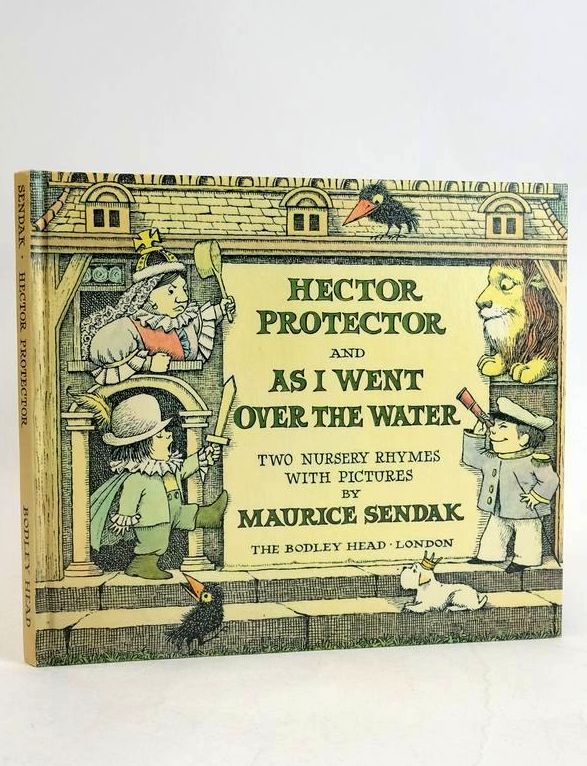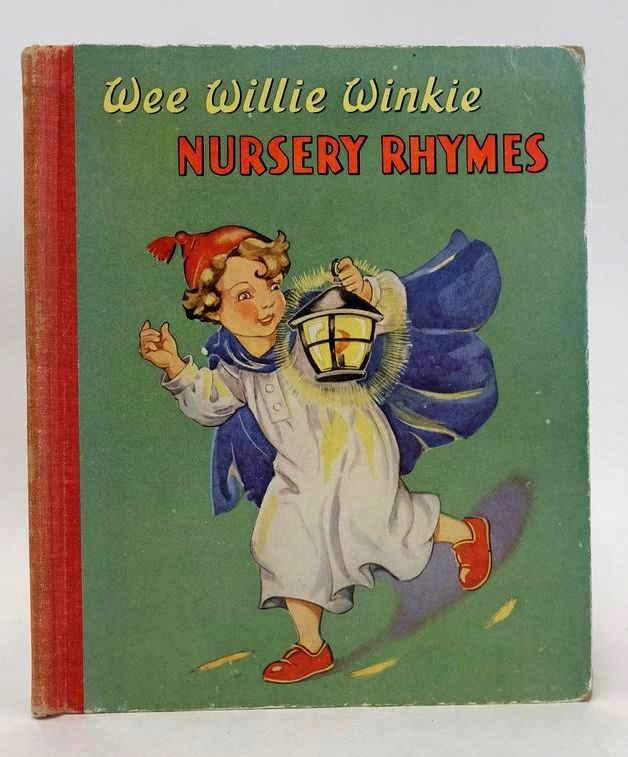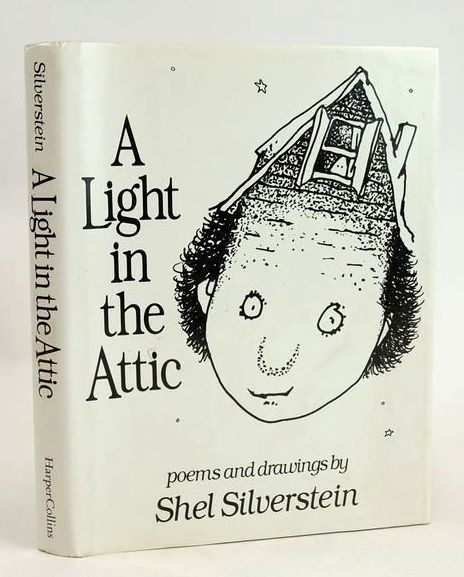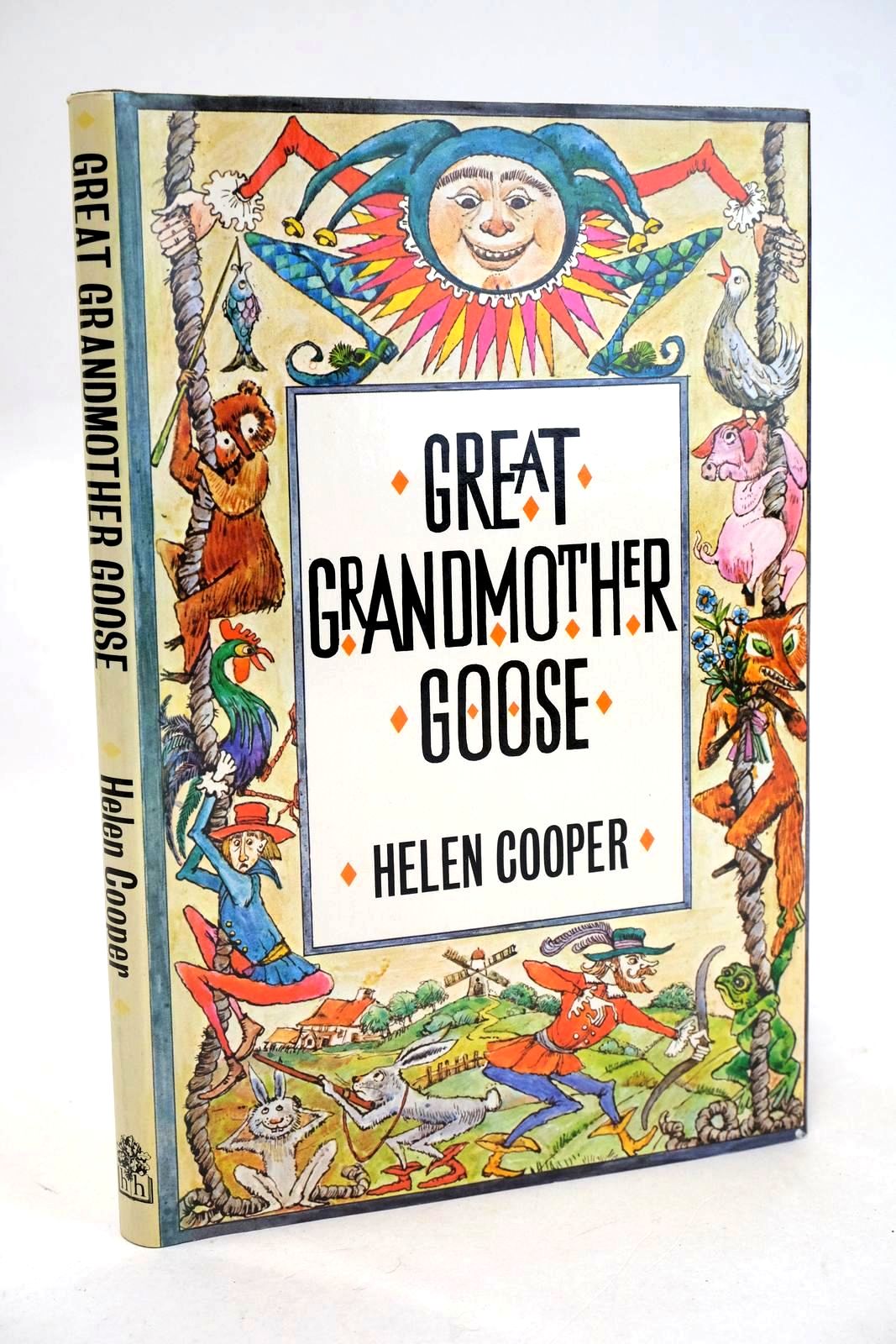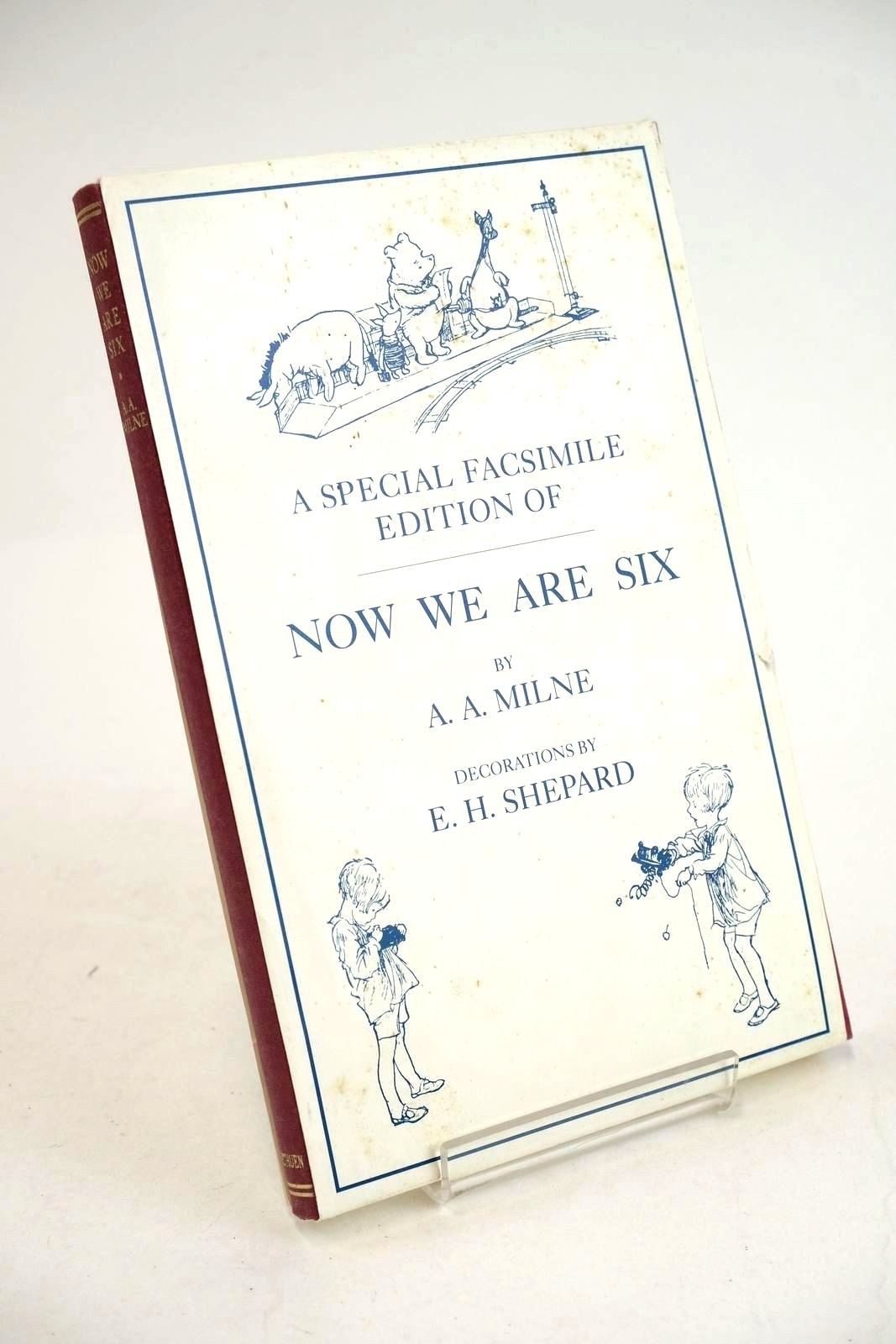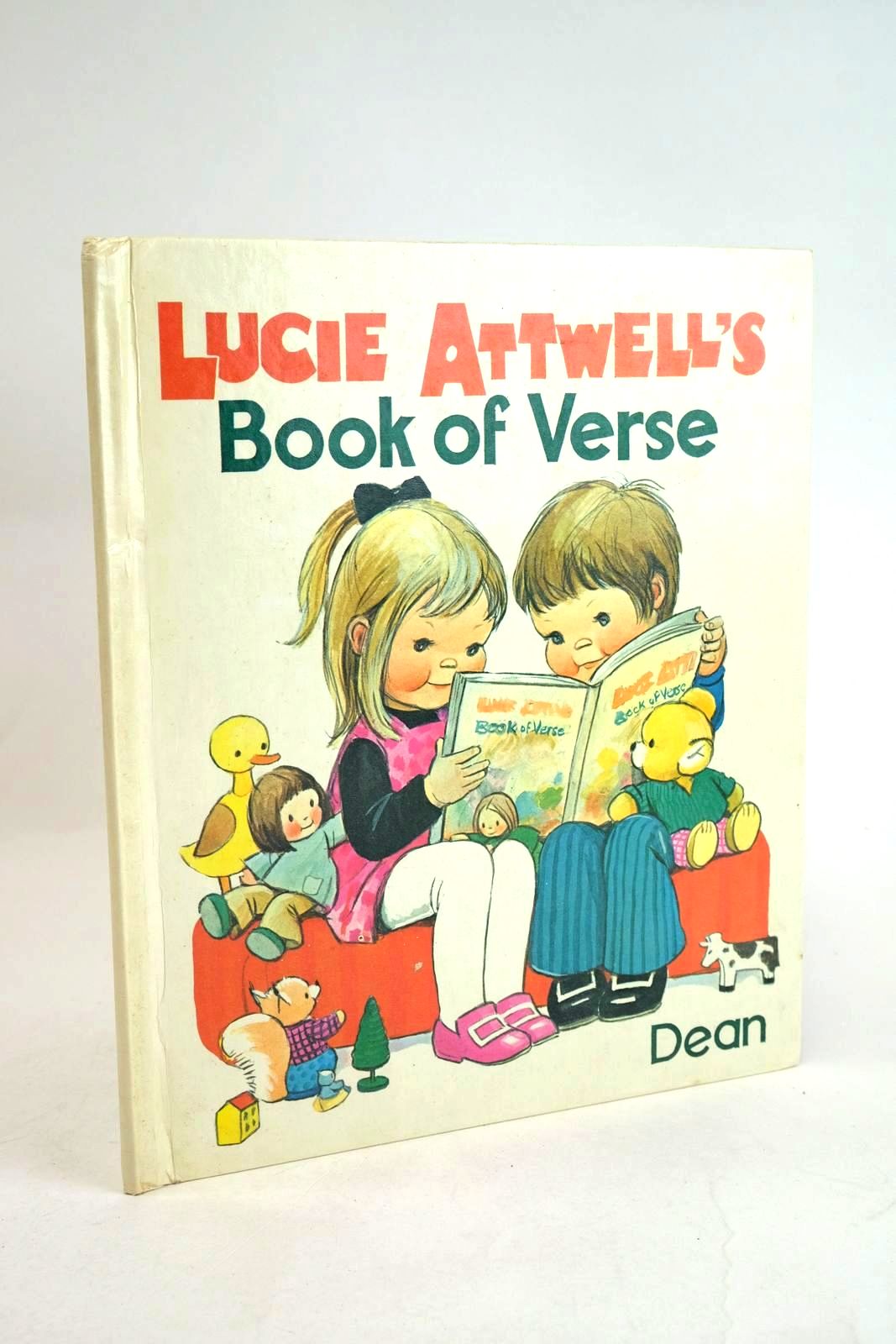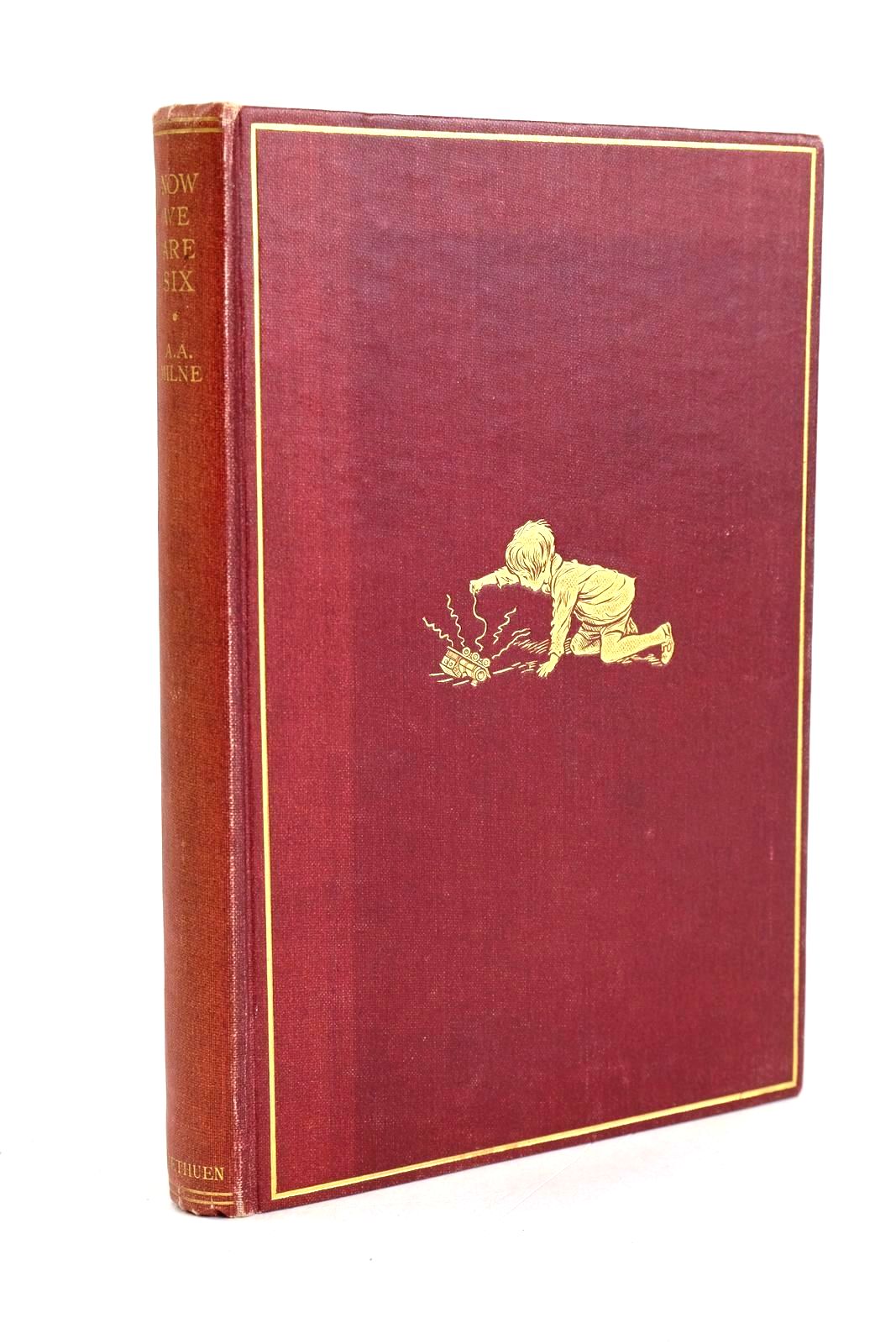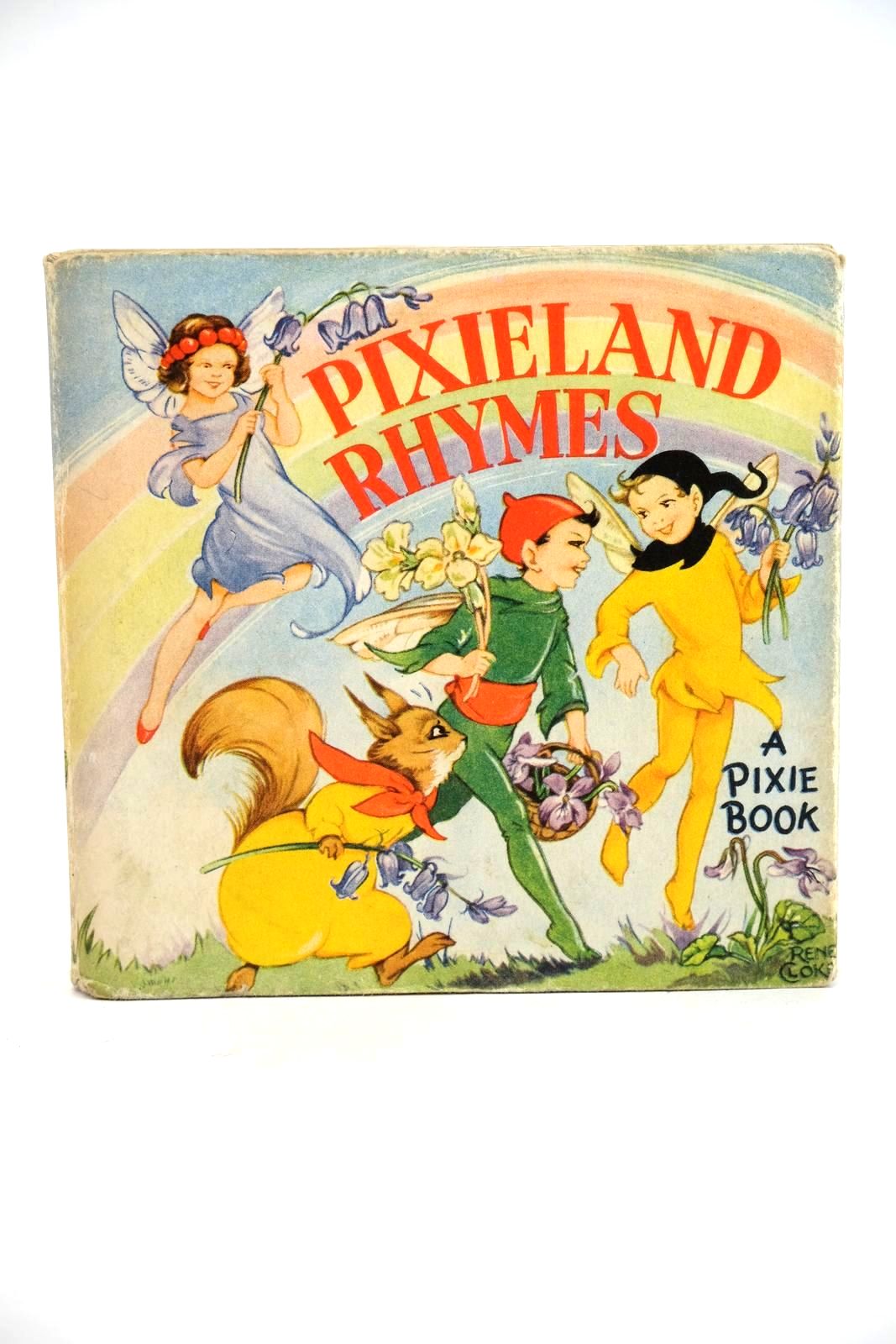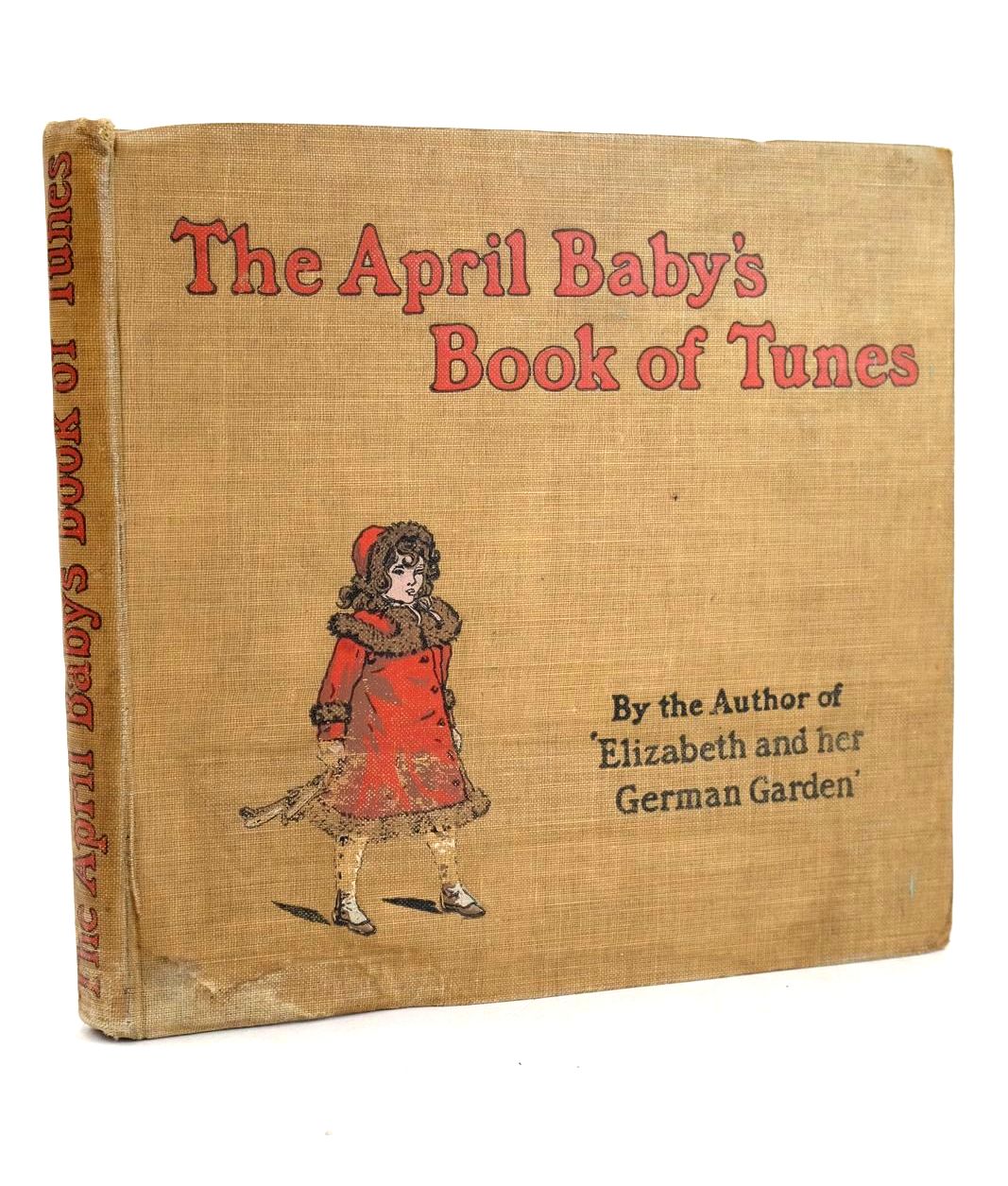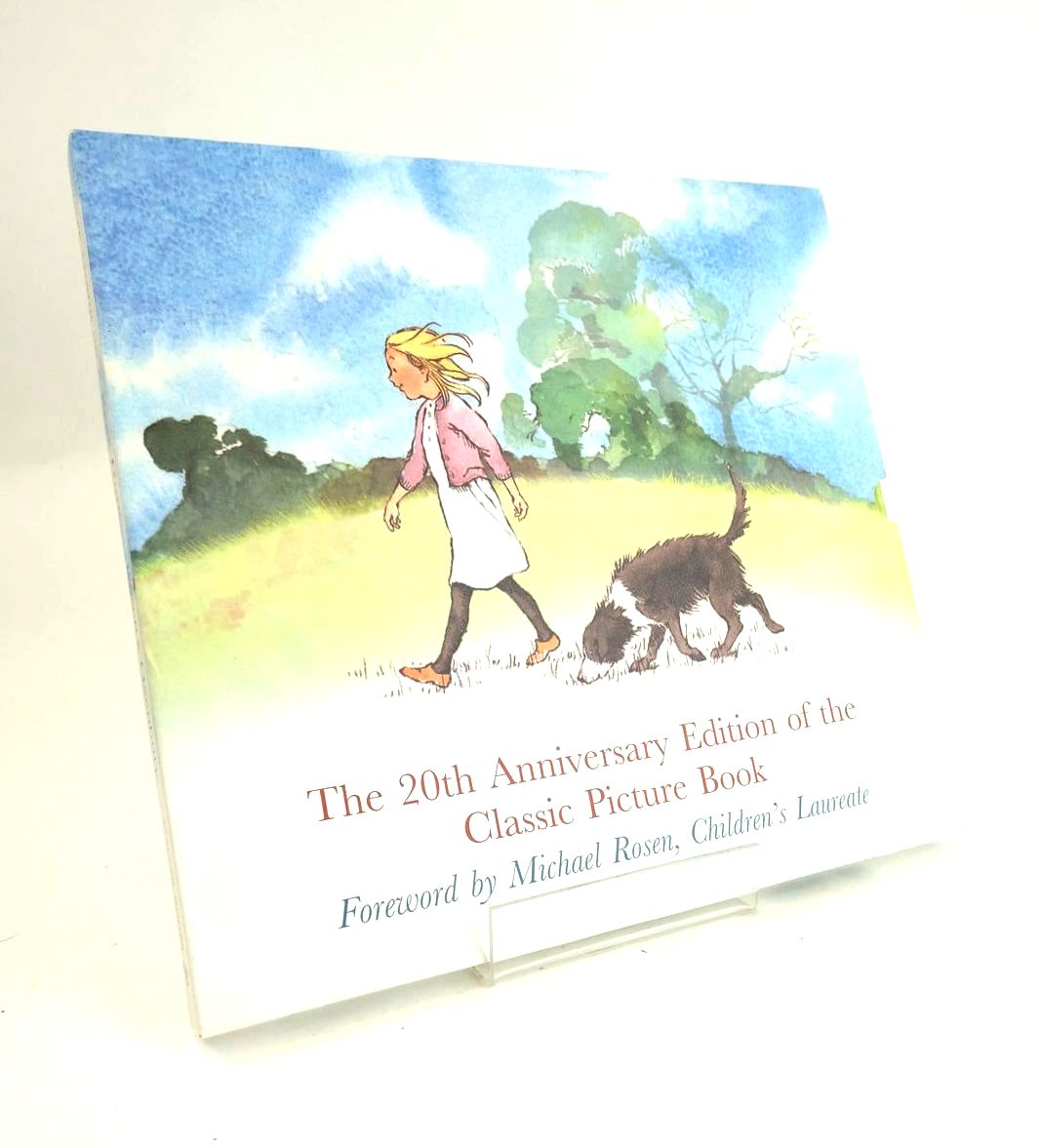Mother Goose
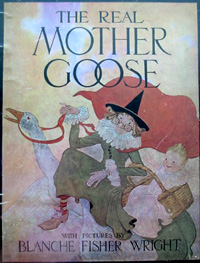 "Old Mother Goose
"Old Mother Goose
When she wanted to wander
Would fly through the air
On a very fine gander"
Thus begins the tale of Mother Goose and her son Jack who buys a goose which lays a golden egg. Jack sells the goose to a dishonest merchant, Mother Goose turns Jack into Harlequin and his ladyfriend into Columbine, The egg is thrown into the sea and a fish brings it back. The merchant threatens to kill the goose but Mother Goose catches it and climbing onto its back flies up to the moon!
Top left: Cover illustration by Blanche Fisher Wright
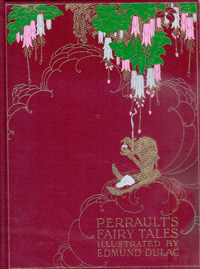 And so we have a description of the familiar character connected with children's rhymes and known the world over. But who was Mother Goose?
And so we have a description of the familiar character connected with children's rhymes and known the world over. But who was Mother Goose?
Left: Cover of fairy tale collection by Charles Perrault.
The origin of the name continues to be a matter of dispute but the earliest written use of the term Mother Goose was in 1650 by French critic Jean Loret in relation to a collection of stories. In his monthly publication Loret used the phrase "Comme un conte de la Mere Oye" (Like a Mother Goose story). Since there was no explanation of the term it seems likely that it was already well-known by the middle of the seventeenth century.
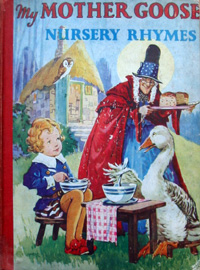 In 1697 a collection of folk tales was published by Charles Perrault. These included the now familiar and well-loved tales Sleeping Beauty, Cinderella and Little Red Riding Hood. The title of the book was "Histoires ou Contes du Temps Passe Avec des Moralitez" (Stories of Long Ago With Morals). The frontispiece of this collection showed an old woman and was subtitled "Contes de la Mere L'Oye" (Stories of the Goose Mother). So, like Loret, Perrault used the term in connection with folk tales for children but how did "Mother Goose" come to be connected with children's rhymes rather than fairy tales?
In 1697 a collection of folk tales was published by Charles Perrault. These included the now familiar and well-loved tales Sleeping Beauty, Cinderella and Little Red Riding Hood. The title of the book was "Histoires ou Contes du Temps Passe Avec des Moralitez" (Stories of Long Ago With Morals). The frontispiece of this collection showed an old woman and was subtitled "Contes de la Mere L'Oye" (Stories of the Goose Mother). So, like Loret, Perrault used the term in connection with folk tales for children but how did "Mother Goose" come to be connected with children's rhymes rather than fairy tales?
Not until almost a century later. The earliest known collection of published rhymes for children appeared in 1744, compiled by Mary Cooper and entitled "Tommy Thumb's Song Book". Before this date children's rhymes and poems had been passed down the generations by oral tradition. John Newbury, one of the most important publishers of the period, seeing the commercial possibilities of children's books very early on, published his first book for children "A Little Pretty Pocket-Book" in the same year.
Following Newbury's death in 1767, his stepson Thomas Carnan became the owner of the firm, and he entered the title "Mother Goose's Melody; or Sonnets for the Cradle", at Stationer's Hall, in London in 1780. This seems to be the first known association between Mother Goose and the ditties we now call nursery rhymes. The book was a compilation of 52 traditional English nonsense songs and rhymes which included 16 verses from Shakespeare to give it additional marketing credibility!
Mother Goose herself is usually portrayed as an old woman, and often with witch-like characteristics. The 16th and 17th centuries saw an obsession with witches and this period of history is renowned as the time of the great witch hunts. As many of the rhymes originated during this period, the children of the time would have been familiar with stories of witches and witchcraft. This could be why Mother Goose in the original rhyme was able to fly through the air, had a house in the wood and an owl at the door, and could also provide an explanation for her depiction as an old crone in many illustrations.
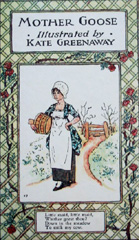
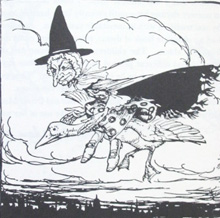
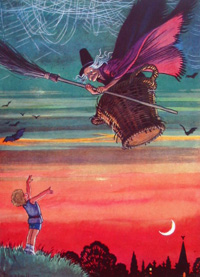
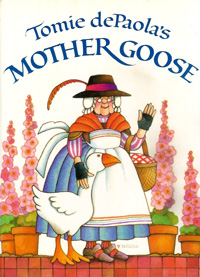
Whatever the origins, the name is now a household word and Mother Goose rhymes continue to be firm favourites with young children today. The rhymes tend to fall into four distinct categories: lullabies, educational such as counting and alphabet rhymes, riddles, and lastly, rhymes which reflected the events and culture of the period.
Numerous versions of the Mother Goose rhymes have been published over the years, many with paintings by illustrious artists such as Kate Greenaway, Arthur Rackham and Margaret Tarrant. One of the most famous collections of the Mother Goose works was first published in 1916, entitled The Real Mother Goose , and illustrated by Blanche Fisher Wright. In 1937 Alfred Bestall, better known for his drawings of Rupert Bear, turned his hand to illustrating the Mother Goose stories. More modern interpretations have been in the 1980s by Tomie Depaola and Michael J. Smollin with his marvellous Sesame Street characters.
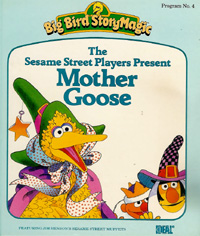
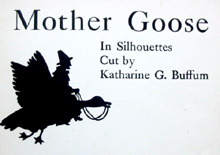
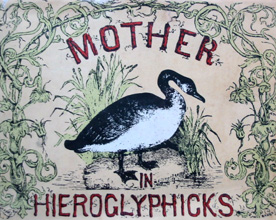
Other interesting variations include Mother Goose In Silhouettes cut by Katharine G. Buffum and Mother Goose In Hieroglyphicks, the latter originally published in 1849 and republished in facsimile in 1963.
Mother Goose provides something for everyone, from the historian to the collector, and, most importantly, the children, for whom the rhymes were originally created.
Contributed by Chris Tomaszewski
(Published on 10th Dec 2014 )


